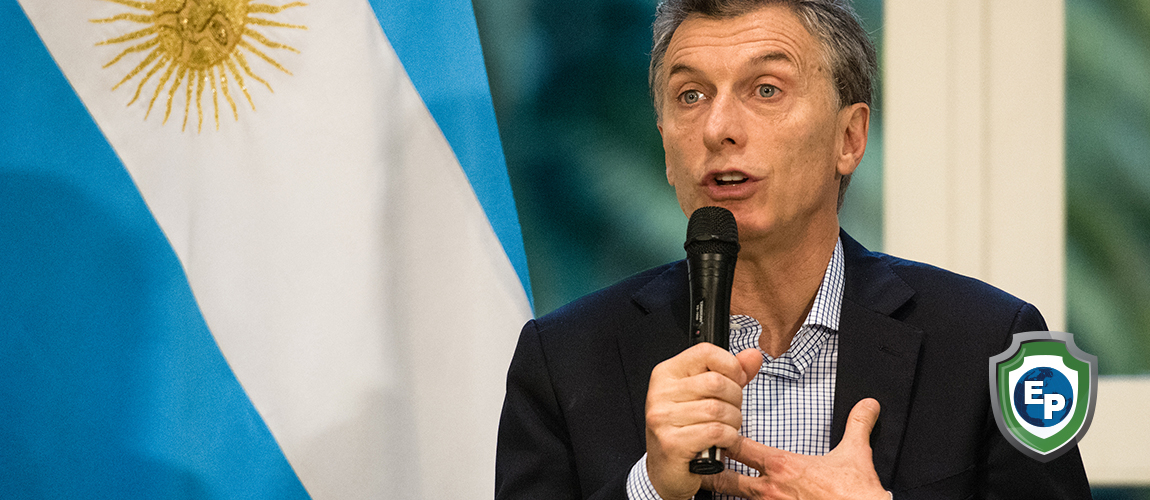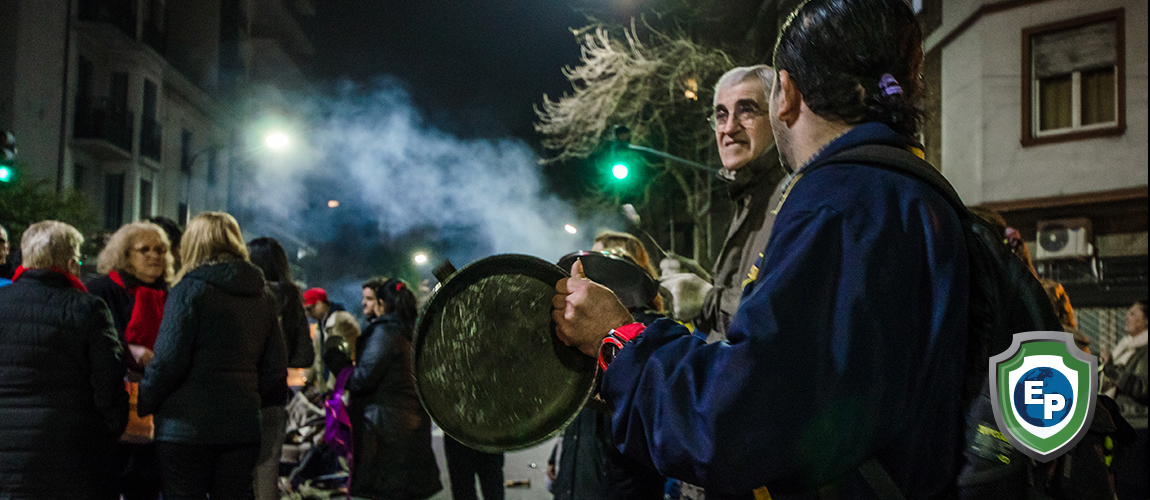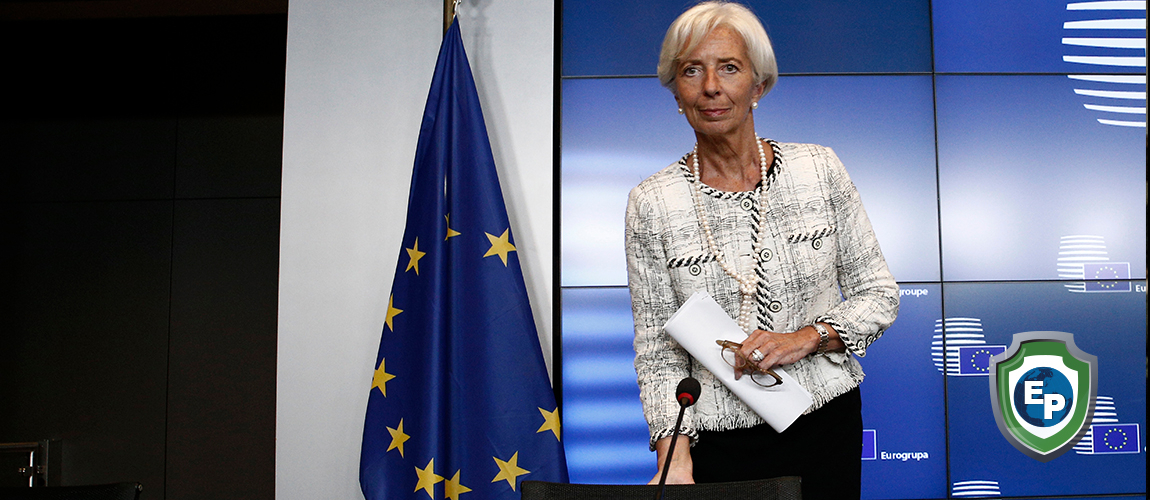Argentina and the Ghosts of Inflations Past
In 2018 the Inflation went wildly rampant together with a Dollar Exchange crisis and a commercial deficit which forced Macri’s hand, whereas he had to relinquish his stand (and pride), and request Emergency Help from the International Monetary Fund (IMF)...

It was 1991 and the bland but tricky Carlos Menem was at the helm of Argentina’s destiny and unable to weather an inflation of 84%.
Forward to January 2019 and we find Argentina under the presidency of Mauricio Macri and a year ending 2018 with an inflation rate of 47.6%.
Comparing the present to the near past under Cristina Fernández de Kirchner's last term, where the inflation rate was 38.5% and the woes of Argentina’s economy seem to continue a chronic illness the country has not been able to kick-off, since Francisco Peron decided to print an excessive amount of pesos, to pay for his social projects, back in 1945.

According to INDEC (Argentina’s National Institute of Statistics and Census) the main increases came in the areas of Communication (7.7%), Health (5.2%), Transport (2.4%), Food and Beverages (1.7%) and Other Goods and Services (3.4%).
These increases and the current rate of inflation do not prognosticate a good horizon for President Macri’s objective of 23% inflation for year 2019.
In fact, in 2018 the Inflation went wildly rampant together with a Dollar Exchange crisis and a commercial deficit which forced Macri’s hand, whereas he had to relinquish his stand (and pride), and request Emergency Help from the International Monetary Fund (IMF) in the form of a strict loan for the highest amount in the IMF’s history: US $57billion.
When Macri took over from Cristina Fernández the inflation rate was at 21%. But what happened? It seems his gradual adjustments to keep inflation at 15% made investors a bit “jumpy” and they decided to exchange pesos for dollars. Following the investors’ lead, regular citizens decided to do the same. The Argentine Peso was devalued and this allowed inflation to escape Macri’s initial gradual adjustments. Furthermore, the government’s debt increased rapidly to a rather dangerous level. Per INDEC, Argentina’s National Debt is reaching the 80% of the county’s GNP (Gross National Product).
The Central Bank decided to raise interest rates and started to pull in pesos from the market, in order, to stop the Exchange Crisis. That has helped a bit; however, in 2018 Argentina’s economy contracted by 2.5%.

Macri will now have to keep even tighter adjustments even as the acquisitive power of all Argentine salaries have suffered a loss of 10%. The IMF requires him to do so; however, unions will request raises that could counter the inflation rates.
Will Macri be able to scale such a mountain of risky moves during a re-election campaign? If he wants to be remembered as a success; he will have to do it. Perhaps he might be able to help Argentina start forgetting its ghosts. South America’s second largest economy desperately needs it.






Comments 0